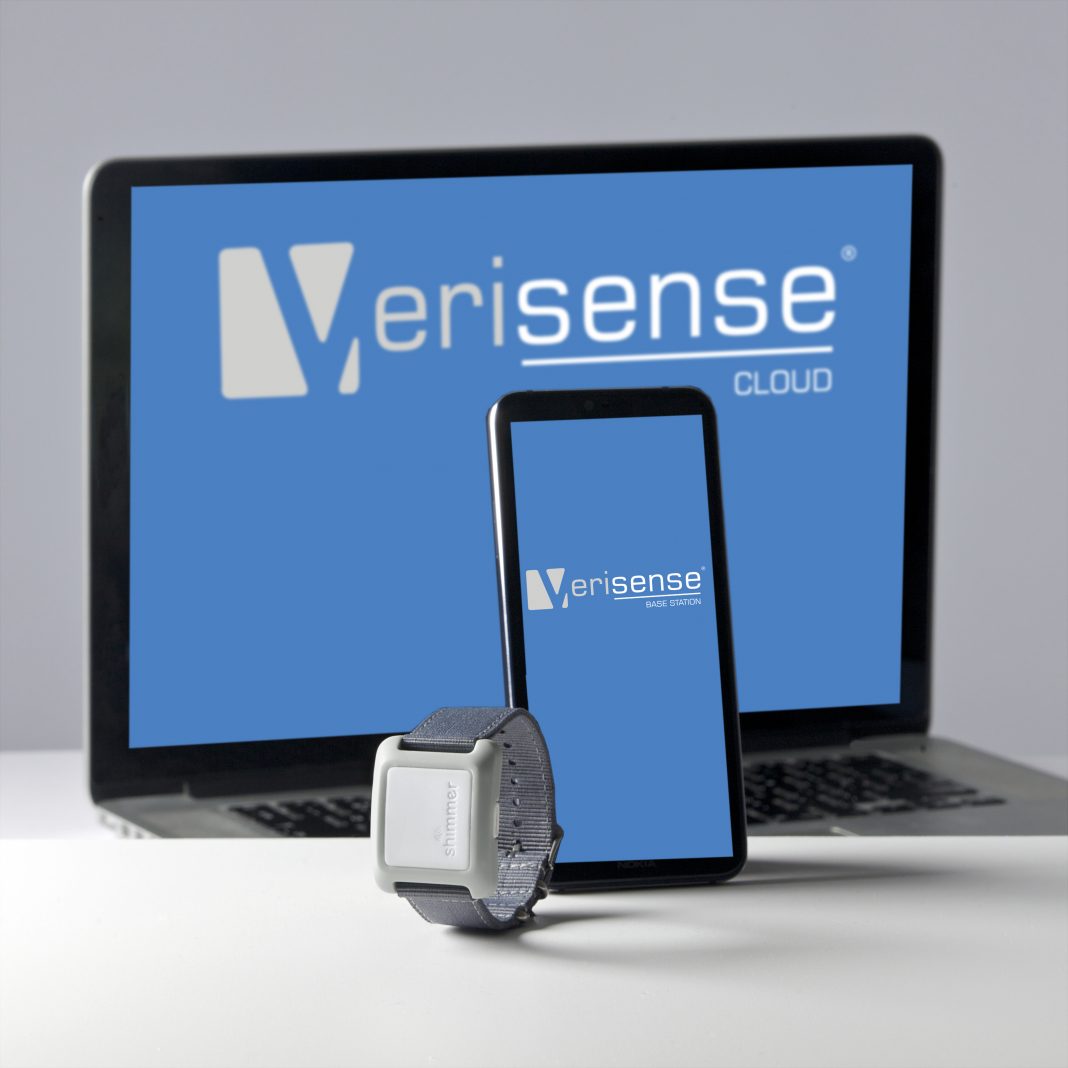Shimmer, a global leader in wearable technology for research applications, has just launched a next-generation wearable sensor platform. We interviewed Geoff Gill, the president of Shimmer Americas, about the new technology and the future of Shimmer.
- How did you come up with the idea of Verisense?
Clinical trials have always been on our radar screen as excellent applications for wearables, but we didn’t see a lot of interest in them until about two years ago. At that time, we had several inquiries within a couple of weeks and we decided that the market might finally be ripe. During the next year, we spent a lot of time going to conferences and talking with all the stakeholders (sponsors, CROs, technology providers, sites, and participants) to really understand all their needs. We then designed a system from the ground up to meet those requirements.
2. How was the process of designing the platform?
We continued to meet with stakeholders throughout the entire development process, sharing our design concepts with them and getting feedback. We also used our experience in developing large-scale systems for other markets – particularly neuromarketing.
3. What do you want people to know about Verisense?
It was designed from the ground up to meet the unique needs of clinical trials – no touch for participants, minimum burden on sites, complete data for sponsors, a simple dashboard to manage the data collection for CROs, and many other specialized features.
4. Which hurdles did you have to overcome while building the platform or are there any challenges you are facing at the moment?
Achieving a battery life of up to six months was a major technical achievement. The biggest challenge that we, and every participant in the industry, face is gaining acceptance from sponsors and regulators for the novel endpoints that this technology enables.
5. What is the impact of Verisense on clinical trials?
Verisense makes continuous monitoring practical for clinical trials – not just for activity and sleep but for a huge range of digital biomarkers, everything from tracking Parkinson’s tremors to counting trips to the bathroom during the night. These digital biomarkers can provide much more precise and accurate outcome measures, which can transform clinical trials, significantly reducing the participant population required and shortening the duration of the trials.
6. Who is currently using Verisense? What kind of feedback have you received from them?
We will be starting our first trials in March. Those trials will use Verisense for monitoring activity and sleep in Alzheimer’s, cancer-related fatigue, stroke side-to-side asymmetry, and potentially Parkinson’s pre-tremors.
7. Who should be using Verisense? What are the benefits for users?
Verisense is very flexible and can be used for a huge range of applications. We are getting a lot of interest from researchers studying CNS [central nervous system] diseases, but there are many other applications as well. By addressing the key pain points of each set of stakeholders, Verisense makes it possible for sponsors to get complete and accurate data reliably with minimum burden.
8. What’s next for Shimmer? Do you have any new products in the pipeline?
We will be adding more sensors to the Verisense platform, starting with ECG [electrocardiograph] and moving to many others such as EMG [electromyography], GSR [galvanic skin response], bioimpedance, etc. We also plan to integrate seamlessly into a variety of EDC [electronic data capture] systems. We will follow our customers’ lead to prioritize which ones we do first.
9. What are your favourite trends happening in the wearables ecosystem at the moment? How do you see the market evolving in the future?
We are reaching a tipping point in the adoption of wearables in clinical trials. Although only 1-2% of trials today use wearables, based on conversations we are having and some data I’ve seen, I would estimate that we will double that penetration every year for the next 5 years.













